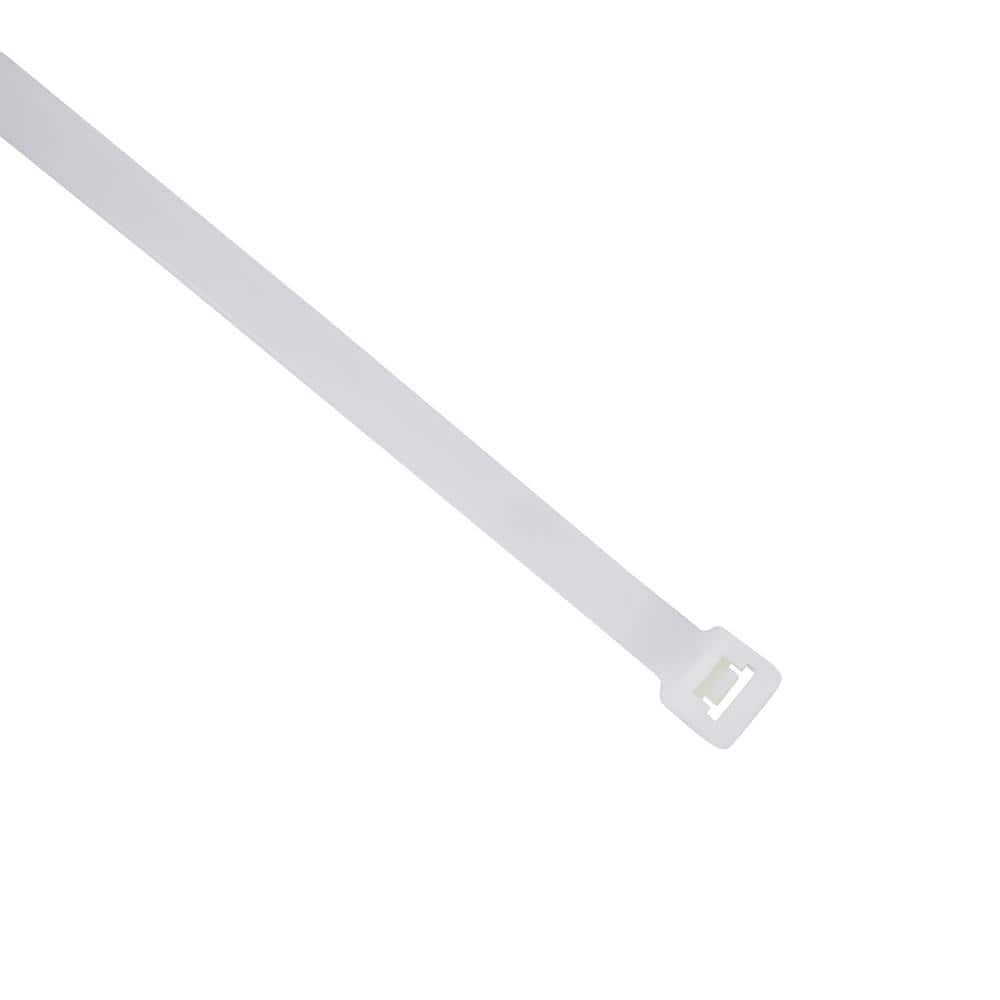I’m finally getting around to building my batteries and was down the path of threaded rod but stepping back from the wooden creation, it’s going to be very difficult for me to find a waterproof enclosure that will fit the batteries with compression and be small enough to install in the front of my RV.
We’re not talking about a ton of compression here, got me thinking about the poly strapping you see on every warehouse box. There is a tensioning tool that can be used but it’s big and bulking. They do have a clip that can be used with manual tensioning. At the end of the day this may be no different than using fibre enforce packing tape but thought I’d throw it out there.
We’re not talking about a ton of compression here, got me thinking about the poly strapping you see on every warehouse box. There is a tensioning tool that can be used but it’s big and bulking. They do have a clip that can be used with manual tensioning. At the end of the day this may be no different than using fibre enforce packing tape but thought I’d throw it out there.




